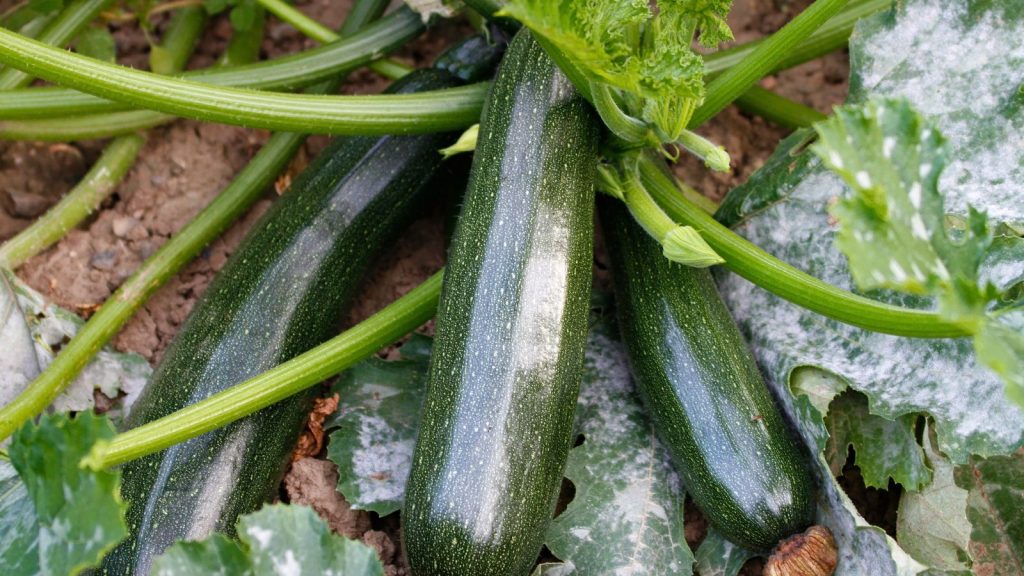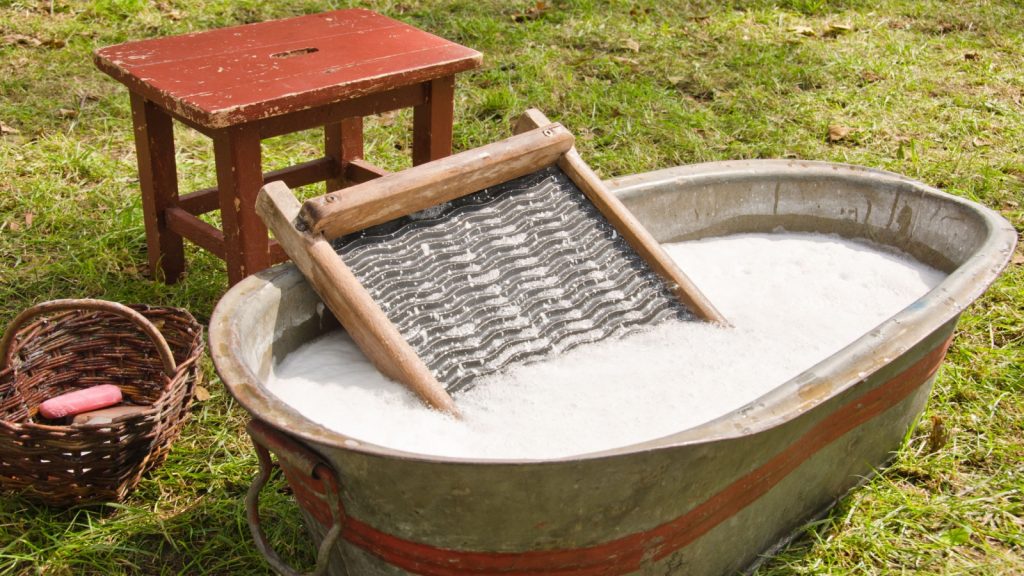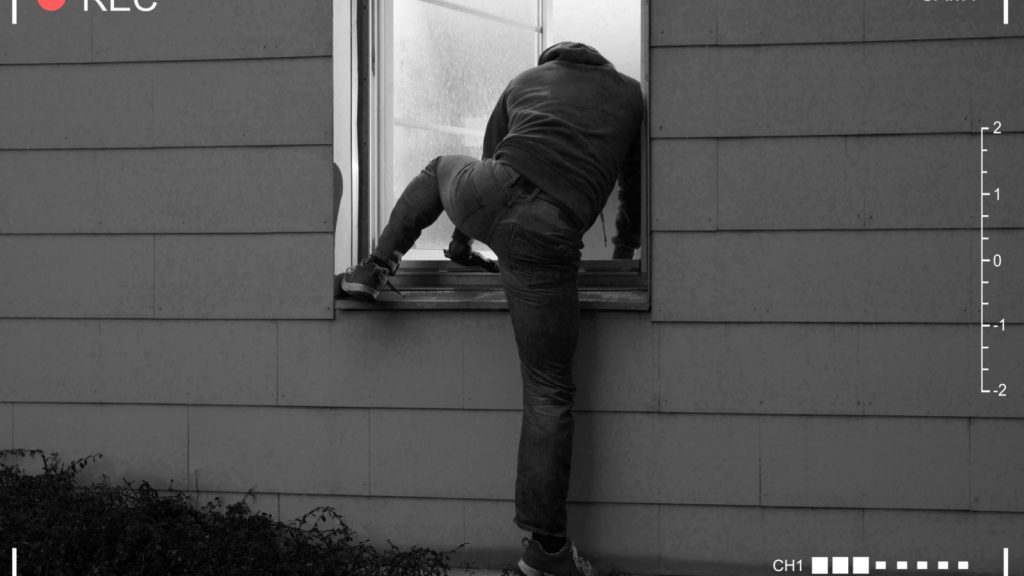After watching your zucchini plants grow massive leaves for weeks, it’s frustrating to find nothing but shriveled flowers and tiny fruits that never develop. Despite zucchini’s reputation for overwhelming abundance, many gardeners struggle with poor fruit set. Let’s look at the real reasons your plants aren’t producing and how to fix them.
I’ve grown zucchini for years in our garden beds and encountered most of these problems at one time or another. The good news is that most zucchini production issues can be solved with simple changes to your gardening approach.
Zucchini Pollination Basics
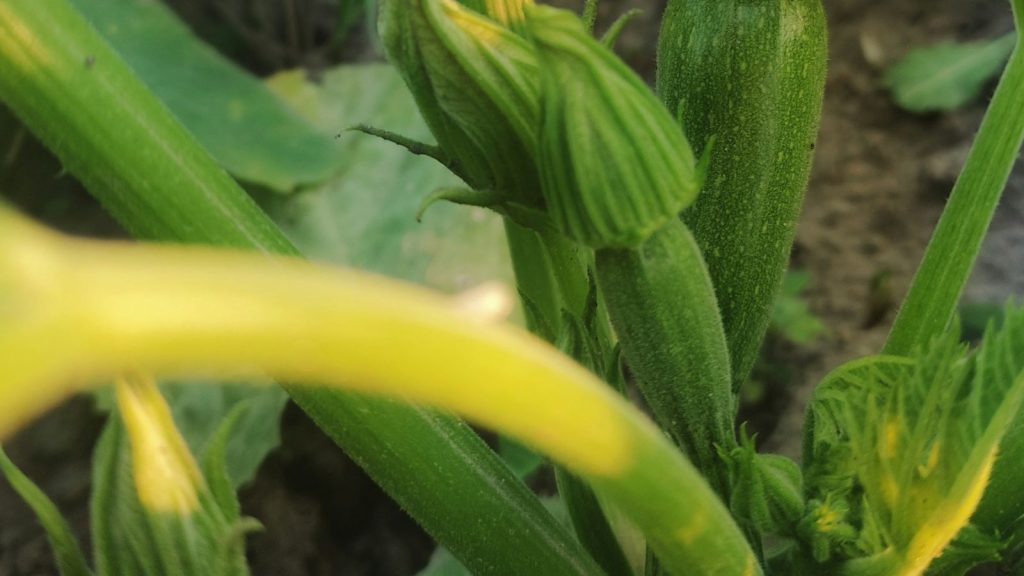
Most fruiting problems with zucchini boil down to inadequate pollination. Zucchini plants produce separate male and female flowers on the same plant. Male flowers appear first with their single, pollen-covered stamen and thin stems. Female flowers have a miniature zucchini at their base and contain a stigma with multiple lobes to catch pollen.
For fruit to develop, pollen must transfer from male to female flowers, typically via insects like bees. Without this transfer, female flowers wilt and drop along with the tiny fruit at their base, creating that frustrating cycle of promise without delivery.
You can tell the difference easily – male flowers have straight stems and no baby zucchini at their base. Female flowers have a swollen stem that looks like a tiny version of the fruit you’re hoping to harvest. This distinction becomes important when we talk about hand-pollination techniques later.
Pollinator Shortage
The most common reason for poor zucchini production is simply a lack of pollinators in your garden. Without bees, butterflies, or other insects to carry pollen between flowers, your zucchini is left relying on chance wind transfer or your intervention.
Urban gardens, gardens surrounded by conventionally-grown crops, or areas recently treated with pesticides are particularly vulnerable to pollinator shortages. Even in our rural garden, we’ve noticed significant differences in zucchini production during years when local farmers spray more frequently.
If you’ve got plenty of male and female flowers but fruits keep shriveling, a pollinator shortage is the likely culprit. Looking around your garden during mid-morning hours (9-11am) should give you a good indication of pollinator activity. Healthy gardens should have at least some bee visitors during this prime pollination window.
Improper Timing
Sometimes gardeners panic when seeing all these flowers but no fruit. The plant is simply following its natural cycle – producing male flowers first, with female flowers appearing 1-2 weeks later. Only when female flowers appear is fruit production possible.
I’ve had garden visitors convinced their squash plants were defective because they saw “tons of flowers but no zucchini forming.” A quick check revealed they were looking at a healthy plant covered in male flowers that was just not mature enough to produce females yet.
If your plants are less than 6-7 weeks old from seeding, or you’re only seeing male flowers (those without the mini zucchini shape at their base), simply be patient. Female flowers will come soon enough as the plant matures.
Extreme Weather Conditions
Zucchini thrives in warm, consistent conditions. Temperature extremes interfere with fruit development in multiple ways:
Excessive heat (above 90°F) causes flowers to drop before pollination occurs. The pollen can become non-viable in extreme heat, and flowers may not stay open long enough for pollination. Even if pollination occurs, developing fruits may abort during heat waves as the plant focuses on survival rather than reproduction.
Cool temperatures (below 60°F) slow pollinator activity and reduce pollen viability. Bees and other pollinators are simply less active during cool weather, and the pollen itself may be less effective at fertilizing female flowers.
High humidity makes pollen clump, making it less transferable. Sticky pollen doesn’t move easily from male to female flowers, whether by insect or wind.
Heavy rain washes pollen away and keeps pollinators from visiting. A week of summer thunderstorms during peak flowering can dramatically reduce your harvest.
We’ve had seasons where a week of hot, humid weather coincided with our zucchini’s first female flowers, resulting in almost total failure of the initial fruit set. Later flowers produced normally once conditions improved.
Nutrient Imbalances
Excessive nitrogen produces lush foliage at the expense of flowering and fruiting. If you’ve been generous with high-nitrogen fertilizers like fresh manure or lawn fertilizer, your plants might be channeling energy into leaf production rather than fruit.
The signs are pretty clear – huge, deep green leaves but few flowers or fruits. While zucchini does need some nitrogen to grow properly, too much creates a production imbalance that’s hard to correct mid-season.
Conversely, phosphorus deficiency reduces flower formation and fruit set. Plants may look stunted or purplish, with few flowers developing. Balanced nutrition is crucial for proper development and production.
Overcrowding
Zucchini plants need space – more than most gardeners realize. When plants are too close, they compete for resources and limit airflow. Poor air circulation creates higher humidity around flowers, interfering with pollination.
A single zucchini plant can easily spread 3-4 feet in diameter. Cramming multiple plants into a small space invites fruiting problems and increases disease pressure. Those massive leaves need room to spread out and receive sunlight from all angles.
In our raised beds, we never plant more than two zucchini plants in a 4×8 foot bed, and even that feels crowded by mid-summer. Proper spacing makes everything from pollination to harvest easier and more productive.
Hand Pollination: The Reliable Solution
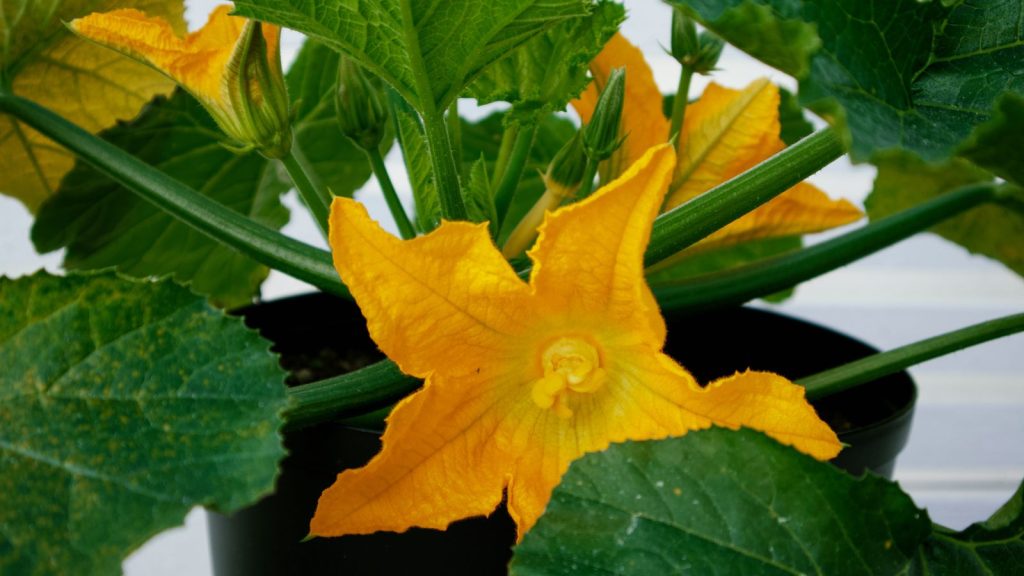
When natural pollination falls short, hand pollination is remarkably effective and simple. I’ve used this technique countless times to ensure good harvests despite pollinator shortages or bad weather.
Here’s how to do it:
- Identify a male flower (no mini zucchini at its base).
- Remove it from the plant, peeling back petals to expose the pollen-covered stamen.
- Find a newly opened female flower (with tiny zucchini at its base).
- Touch the stamen to the stigma in the center of the female flower, transferring the yellow pollen.
- Repeat with other female flowers.
Perform hand pollination in the morning when flowers are newly opened and pollen is most viable. Each flower only blooms for a single day, typically closing by afternoon, so timing matters.
I’ve found this method nearly 100% successful when done correctly. Within a day or two after hand pollination, you’ll know it worked if the tiny zucchini begins to grow rather than yellowing and shriveling. One male flower usually contains enough pollen to pollinate 2-3 female flowers.
Attracting More Pollinators
Building a pollinator-friendly garden helps ensure long-term production without the need for daily hand-pollination:
Plant flowering herbs like basil, dill, oregano, and borage near your zucchini. These not only attract pollinators but are useful kitchen herbs as well. Add native flowering plants that bloom throughout the season to provide consistent nectar sources. Provide shallow water sources for insects – even a small dish with stones and water helps. Avoid using pesticides during flowering periods, even organic ones can harm beneficial insects.
Even adding a few flowering companions around your squash patch dramatically increases pollinator visits and improves fruit set. We’ve found that interplanting nasturtiums with zucchini not only attracts pollinators but also helps deter some squash pests.
Weather Adjustments
If extreme weather consistently interferes with production, try these practical modifications:
For hot climates, plant early so flowering occurs before intense summer heat arrives. Using shade cloth during the hottest parts of summer (30-40% shade) can extend your harvest season significantly.
In cooler regions, use row covers or black plastic to warm soil before planting. The warmer soil gives plants a better start and encourages earlier flowering. Consider succession planting – starting new seeds every 3-4 weeks – to maximize chances of having plants flowering during favorable weather conditions.
Proper Nutrition
For better flowering and fruiting, use balanced organic fertilizers rather than high-nitrogen options. Add compost at planting time for slow-release nutrition that supports the plant throughout its lifecycle. Consider a light application of phosphorus-rich fertilizer when flowers begin to form. Ensure consistent moisture – zucchini needs about 1-2 inches of water weekly, delivered deeply rather than in frequent shallow waterings.
Mulching around plants (keeping the mulch away from stems) helps maintain soil moisture and temperature, reducing stress on plants during critical flowering periods.
Variety Selection Matters
If you’ve tried everything and still struggle with production, consider that some zucchini varieties simply perform better in certain climates:
‘Black Beauty’ and ‘Dark Green’ are reliable producers in most regions and our go-to varieties for consistent production. ‘Gadzukes’ and ‘Costata Romanesco’ often perform well in cooler climates with distinctive ribbed fruits that are excellent for grilling. ‘Tromboncino’ has higher heat tolerance and grows on longer vines that can be trained up trellises to save space. Newer hybrids like ‘Cash Flow’ are bred for disease resistance and high yields even under stress.
I’ve found having at least two different varieties increases my chances of good production regardless of seasonal conditions. Different varieties often have slightly different flowering times and environmental tolerances, providing production insurance against unpredictable weather.
With proper pollination, adequate spacing, appropriate nutrition, and a bit of weather luck, your zucchini plants should reward you with more than enough fruits to keep your kitchen supplied all season. If your current crop is struggling, try hand pollination immediately to salvage existing female flowers while implementing other strategies for improved production.
James is a former logistics coordinator and wilderness safety instructor, whose practical experience taught him the value of sensible preparedness and calm resilience. Passionate about self-reliance, James teaches everyday skills—like water purification, emergency communication, and outdoor safety—to help people confidently handle life's disruptions without fear or overwhelm. His approachable style combines real-world insights with relatable, personal stories and experiences.
